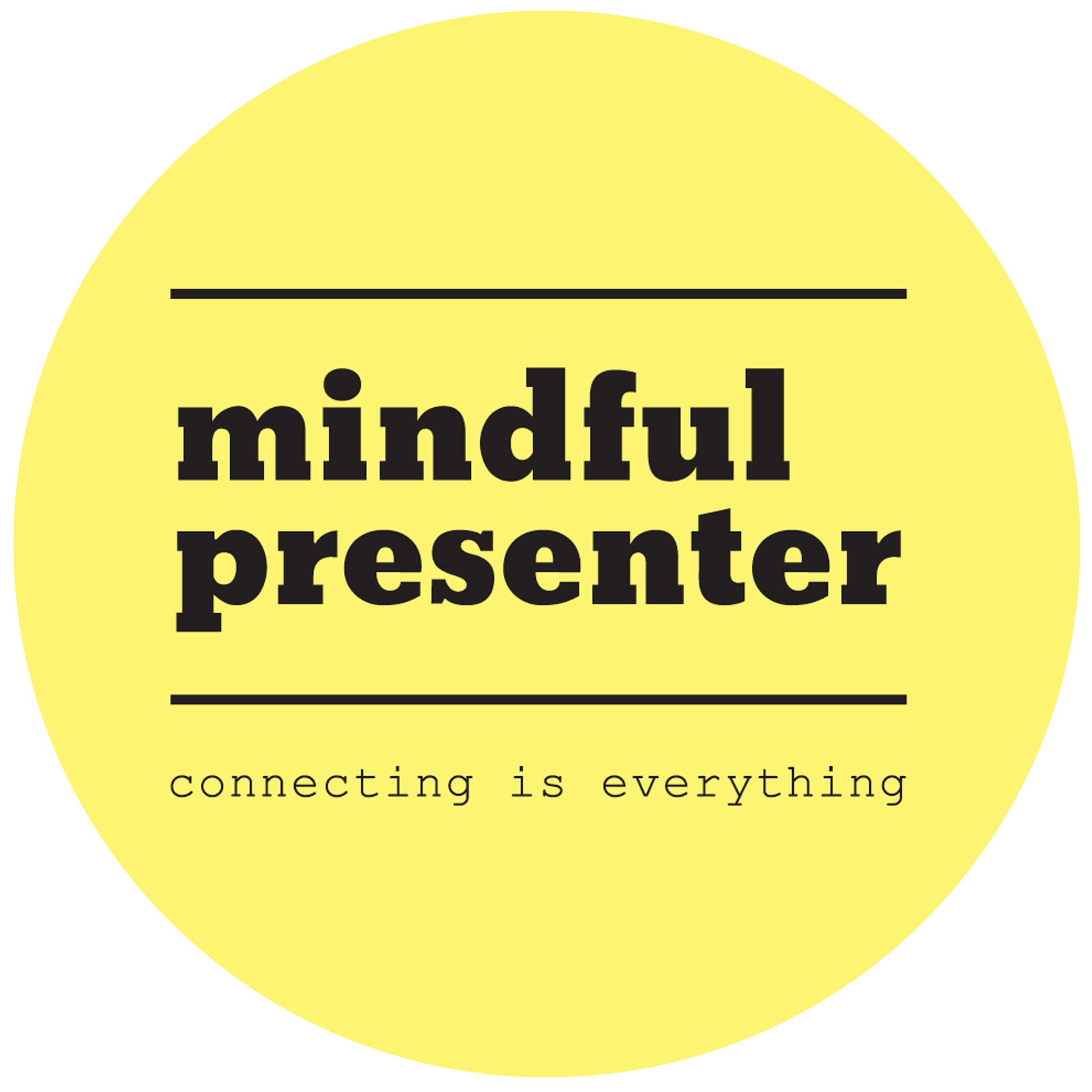
Here are 10 presentation tips for technologists and technical experts.
Presenting technical work is often a key part of the job for engineers, data scientists, architects, and technologists. The best technical presentations don’t just demonstrate how much you know, they persuade, inform, and enable better decisions. The most common challenge technical experts face is overcomplicating the content.
Overcomplicating Content
Technical experts tend to dive too deep into jargon, acronyms or an unnecessary level of technical detail which can overwhelm or alienate non-technical audiences.
It’s called the ‘Curse of Knowledge.’
In his Forbes article, the American psychologist, Mark Travers, Ph.D., explains it like this:
‘The curse of knowledge, according to a 2017 study from Cognition, occurs when you become deeply familiar with a subject, and in turn, your brain starts to take certain information for granted. You’ve gone over the material so many times that it becomes second nature. The problem lies in the fact that this familiarity can make it hard to remember what it was like when you didn’t know the information. In other words, we often lose sight of how much we’ve learned and how much background knowledge we’ve accumulated over time.’
Technologists often struggle to explain complex concepts in a way that’s clear, relatable, and engaging for diverse audiences. In their efforts to give their audience what they came for; information, knowledge and understanding, it easy to forget that too much detail can easily bore and frustrate our audience,
The solution
The technologists greatest challenge is to focus on translating complexity into simplicity.
The journey to doing so begins by:
-
Understanding your audience
Tailoring your content to their knowledge level and focusing on what matters most to them.
The best way to do that is to ask them in advance.
-
Having a clear message
Define the core message you want to convey making sure you state it clearly, in an easy-to-understand sentence. Make sure you repeat the message with emphasis and ensure that everything you share supports it.
-
Simplifying your language
Avoid jargon and technical language. Steer clear of acronyms and long-winded generic concepts.
Use plain, straightforward words and short sentences.
-
Presenting like a GPS
Divide complex and technical topics into smaller, manageable parts or steps. Don’t overwhelm you audience with a map of the full journey. Take them on the journey step by step, once piece of information at a time. Make sure they are clear on how each step is taking them to their destination.
-
Balancing depth and engagement
Rather than sharing everything you know about the topic, focus on the key points by supporting them with concise data and interacting with your audience through examples, questions and stories.
-
Leading with the insight
Tell them the story behind the data. Why it matters and why they should care. Help them to see and feel what the data means in practical terms and how it can help.
-
Speaking with confidence
Being a brilliant technologist doesn’t exempt you from nerves and anxiety. Learn to speak with confidence and impact, avoiding issues like monotone delivery, over-reliance on slides or corporate speak.
-
Crafting slides, not scripting them
If you’re using slides, make sure they are designed purely for your audience as visuals and not as scripts for you to read. Keep to one idea per slide using big readable fonts and more images than text. Avoid bullet points and adopt the principle that ‘less is more’.
-
Anticipating questions
Put yourself in your audience’s shoes. Start by reminding yourself that they don’t have the level of knowledge that you do and imagine them asking you questions like, what does that mean, why should I care and how does it work. Build the answers into your presentation.
-
Showing them the future
Before they leave your presentation, make sure your audience can see how the information you’ve shared will make their lives better, easier or happier. Check in with them before they leave and if you’re happy they can see the future, leave them with a clear call to action. Tell them what you want, need or expect them to do next.
Technical presentations can often be difficult to understand because they typically involve complex concepts, specific terminology, and detailed data that may not be familiar to all audiences.
The denser the information is, the more we need simple explanations and visuals that make the content easier to understand. Following these 10 tips will go along way to helping you audience to connect with your and your message.
If you need help with the presenting technical work:
– Book yourself onto a powerful public speaking course.
– Invest in some really good one to one public speaking coaching.
– Get yourself some excellent presentation training
Image courtesy of Canva.com
